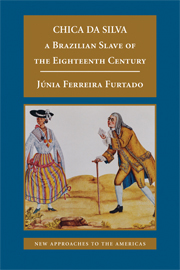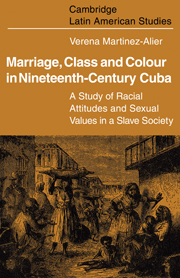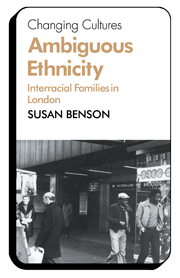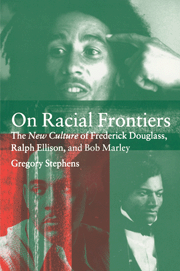Three Sad Races: Racial Identity and National Consciousness in Brazilian LiteraturePosted in Books, Brazil, Caribbean/Latin America, Literary/Artistic Criticism, Media Archive, Monographs on 2011-12-16 01:46Z by Steven |
Three Sad Races: Racial Identity and National Consciousness in Brazilian Literature
Cambridge University Press
1983
210 pages
216 x 140 mm
Paperback ISBN: 9780521155342
David T. Haberly, Professor of Portuguese
University of Virginia
An innovative interpretation of the development of Brazilian literature from the sixteenth to the twentieth centuries. Originally published in 1983, Three Sad Races is a study of how Brazilian literature deals with the nation’s racial diversity themes and gives vent to the general disquietude concerning this.
Table of Contents
- Acknowledgements
- Introduction
- 1. From Indians to Indianism
- 2. The songs of an exile: Antônio Gonçalves Dias
- 3. The novelist as matchmaker: José de Alencar
- 4. The poet as slave: Antônio de Castro Alves
- 5. A journey through the escape hatch: Joaquim Maria Machado de Assis
- 6. The black swan: João da Cruz e Sousa
- 7. From despair to Modernism
- 8. The harlequin: Mário de Andrade
- Conclusion: the Edenic metaphor
- Notes
- Selected bibliography
- Index





